
Triumphant!
A series celebrating the life and times of African-American Falcons
During Black History Month, some of the most prominent African-American athletes and coaches that are so much a part of the fabric of BGSU’s rich athletic tradition share their memories, the challenges they faced, and the victories they helped achieve — both on the field of play, and in life.
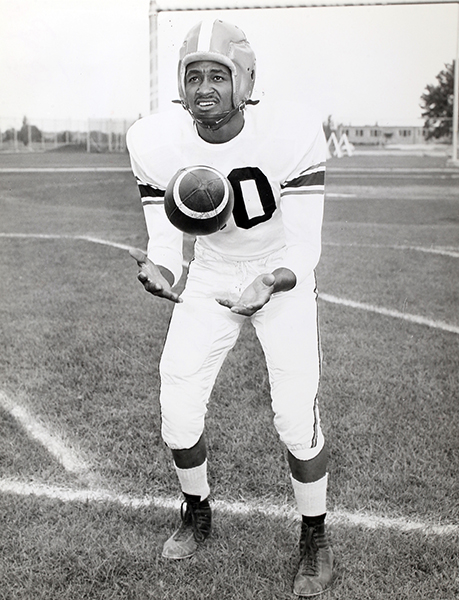
Honor the Past - Feature 1:
Carlos Jackson
In his days as a player with the Bowling Green football team, and then as a coach with the Falcons, Carlos Jackson epitomized strength – the strength of his will, his determination, and his character.
He was an all-conference halfback who helped the Falcons to a 7-1-1 record in the 1955 season, their first under legendary head coach Doyt Perry. Jackson averaged 5.8 yards per carry that year, had 134 yards rushing in a 39-0 rout of rival Toledo, and was chosen as the season MVP by his teammates.
After being stricken with polio, Jackson missed all of the 1956 season, but he battled his way back and played in a limited role the following year. Following graduation and a stint as a high school coach, Jackson returned to Bowling Green as an assistant coach under Don Nehlen.
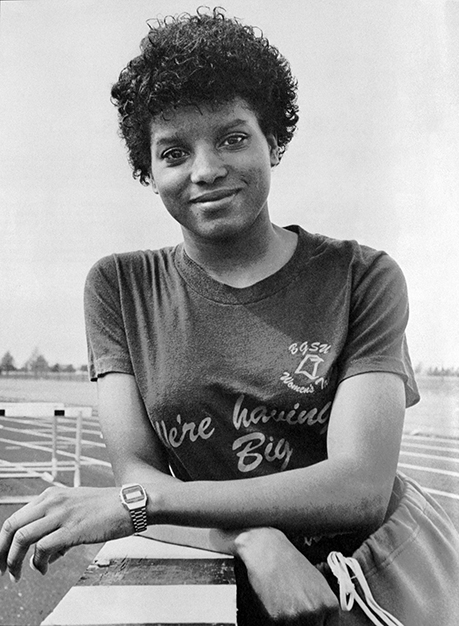
Honor the Past - Feature 2:
Kim (Jamison) Carter
Kim Jamison didn't know if she would be happy at Bowling Green, since the school wasn't the first choice of the highly-regarded track athlete. However, that feeling of uncertainty disappeared quickly, and she settled into her new home and became a record-setting sprinter for the Falcons.
"I wasn't sure at the start, but once I got there I loved it," she said. "Everybody there was about getting their education. Everybody was helpful."
The Toledo native said that she was part of one of the first large groups of African-American students to come to BGSU, but that the racial makeup of the student body was never an issue for her.
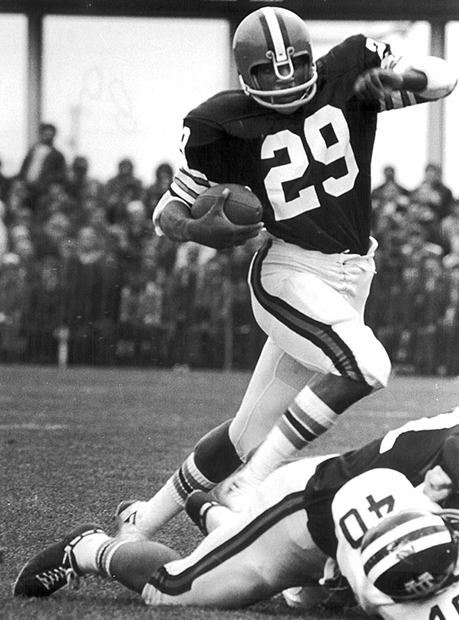
HONOR THE PAST - FEATURE 3:
PAUL MILES
The transition from the tiny western Ohio village of Paulding to the campus of BGSU was a major one for Paul Miles. The scale of everything changed.
"When I went to BG as a freshman in 1970, the biggest adjustment was the one I had to make coming from a small community to a college town and campus. It was all so different," he said.
Miles was one of very few blacks in his hometown, but he felt he had little in common with the other black athletes he encountered at BGSU at the time.
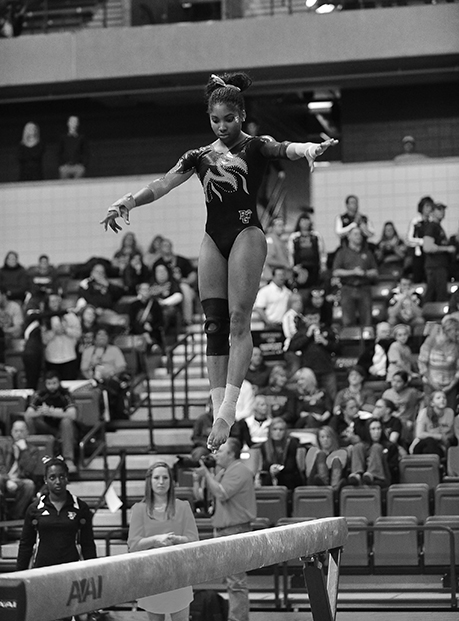
Honor the Past - Feature 4:
Jamilah Ali
On the trip from her hometown of Toms River on New Jersey's Atlantic coast to visit Bowling Green for the first time as a prospective student-athlete, Jamilah Ali did not get a positive feeling from her parents that BGSU was someplace she might end up attending college.
"Things looked very different from where I lived in New Jersey, and I remember my parents saying it probably wasn't going to work out," said Ali, a talented gymnast who was the New Jersey vault and floor exercise champion in her high school days.
"But once we got to Bowling Green and got on campus, things changed. I met the team and they were so close and so supportive, and that was very different from the other places I had been to. I loved it there at BG, and it just felt like home."
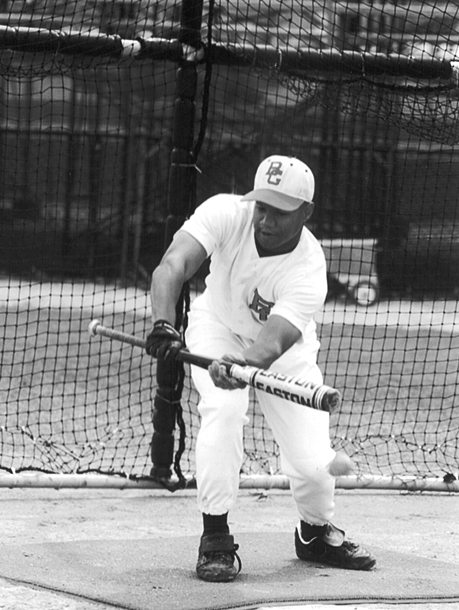
HONOR THE PAST - FEATURE 5:
Jerome Kynard
Baseball brought Jerome Kynard to Bowling Green, but before ever stepping in the batter's box for the Falcons, Kynard initially experienced some uncertainty about what might transpire during his college career, on and off the field.
"I was the only African-American on the team, so it was a little difficult at first since I wasn't sure how receptive the other guys would be towards me," said Kynard. "But they welcomed me with open arms and I grew very close to many of the guys. It was definitely a brotherhood."
When Kynard graduated from Toledo's Bowsher High School in 1992, he had quite a few options for continuing his baseball career, but the talented outfielder chose BG since it would keep him close to home. He had expected to be in the minority wherever he landed in college, or in the lineup.
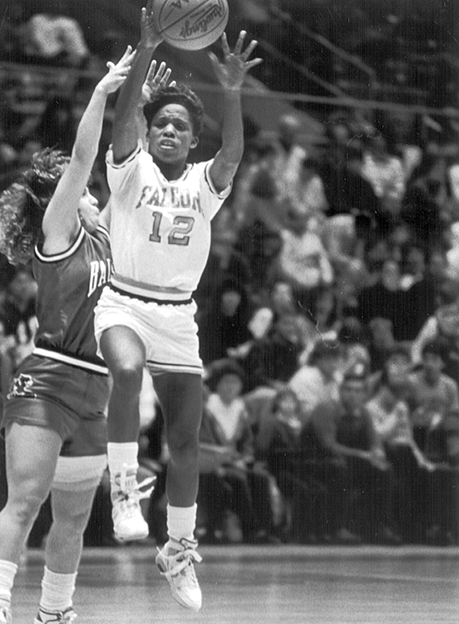
HONOR THE PAST - FEATURE 6:
Paulette Backstrom
Paulette Backstrom grew up in the basketball hotbed of Flint, where she was part of one of the strongest high school hoops programs in the state of Michigan, helping her Flint Northwestern team go 55-1 over a two-season stretch, and claim two state championships.
When she came to Bowling Green, Backstrom continued that run of basketball excellence, but did it in a very dissimilar atmosphere.
"I came from a predominantly African-American high school, and grew up in a 99-percent African-American neighborhood, so Bowling Green was very different for me, but not in a negative way," she said. "It was just a lot different surroundings from what I had been accustomed to for most of my life."
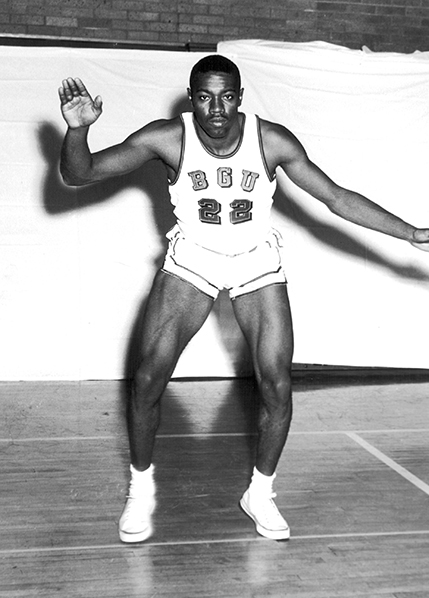
HONOR THE PAST - FEATURE 7:
CHUCK MCCAMPBELL
It was a very different world, as Chuck McCampbell recalls it, when he came to Bowling Green in the fall of 1955 as a two-sport athlete coveted by both the Falcon football and basketball programs.
McCampbell ultimately chose basketball, and he was a captain on the undefeated freshman team at Bowling Green, and part of the true integration of the basketball program under legendary coach Harold Anderson. McCampbell said he was one of just 40 some black students on campus at the time, and in his sophomore year he was part of a varsity squad that was made up of six black players and six white players.
"There wasn't any discrimination as far as coach Anderson was concerned, but it was an unusual experience because it was sort of considered taboo at the time to have more than three black players on the court at one time," McCampbell said. "It was different, because I came out of Columbus and we always had blacks and whites playing together in high school, but on the college level it was not the norm to have many blacks on the basketball team."
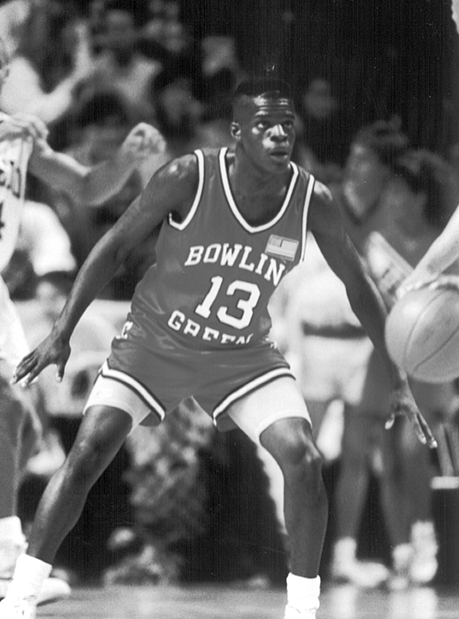
HONOR THE PAST - FEATURE 8:
MICHAEL HUGER
His first day of classes at BGSU was more than 25 years ago, but Michael Huger vividly recalls that initial walk across campus. For a kid from Harlem, it was like being on a different planet.
"It was culture shock, for sure. I'm coming from Harlem, which at the time is all blacks, so I grew up in a black neighborhood, went to an all black school and everything around me was black," Huger said. "And here I am headed to class and it was all white people. Maybe there's one black guy way over there, and one black girl way over there, but I was in a completely different environment."
Huger said he did not encounter any confrontations or mistreatment – it was just the stunning lack of familiarity that made him uncomfortable, but only initially.
Updated: 01/07/2021 02:11PM
